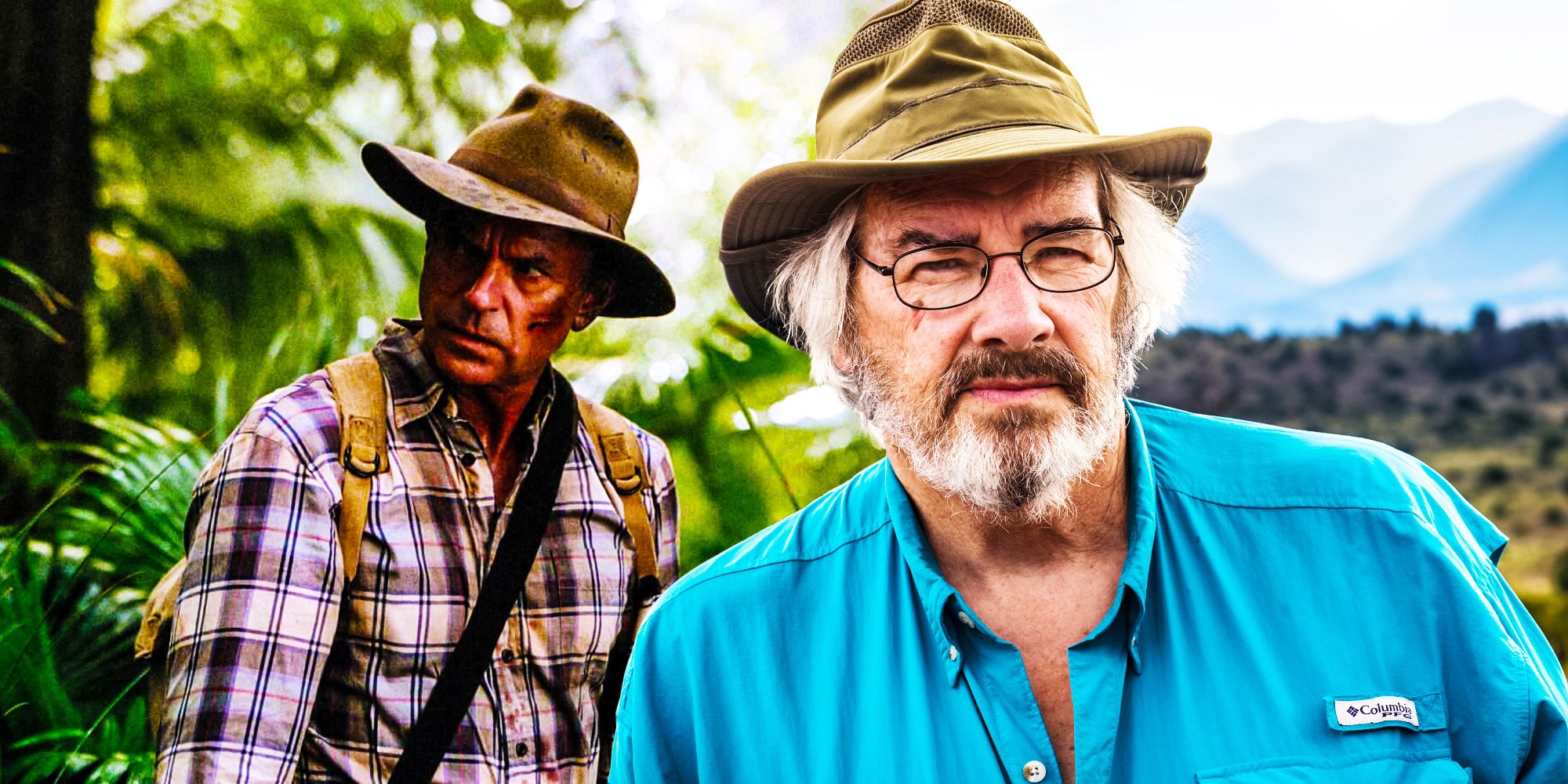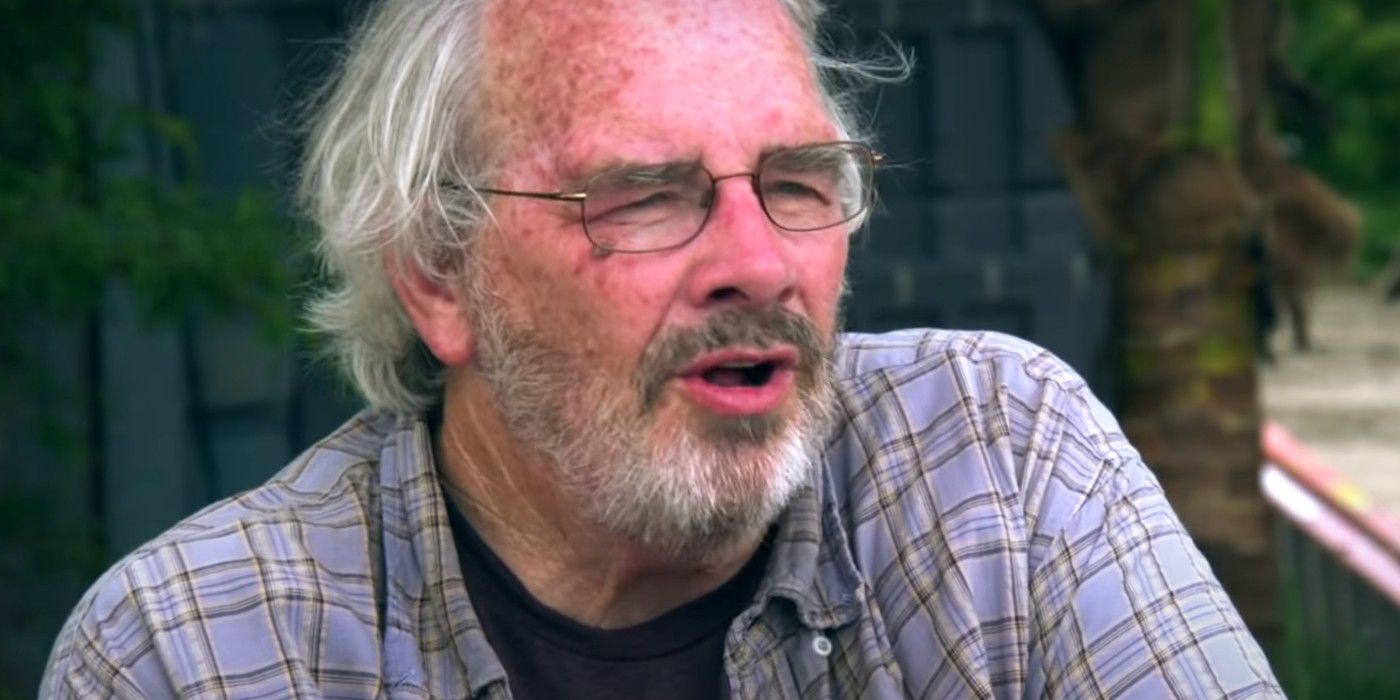Jurassic Park’s Dr. Alan Grant was inspired by a real-life paleontologist who made significant contributions to the field. Played by Sam Neill, Dr. Grant was introduced as an expert paleontologist who John Hammond’s investors specially requested to investigate the park. Grant was a renowned figure in the world of Jurassic Park, and the paleontologist he was modeled on is equally impressive.
The movie’s leading authority on dinosaurs made his first appearance in Michael Crichton’s 1990 book Jurassic Park. Dr. Alan Grant appeared on the big screen three years later in the film adaptation Jurassic Park and returned in the sequels Jurassic Park III and Jurassic World: Dominion. The novel and the original film both put Grant at the center of a tale about scientific hubris and survival. Initially astounded by Jurassic Park’s ability to clone dinosaurs from the blood found in fossilized mosquitos, Dr. Grant and the other visitors soon had to escape the rampaging predators loose on the island when a sudden storm met human error. He continued to deal with the consequences of dinosaur revival in the third film Jurassic Park III and the franchise’s last movie, Jurassic World: Dominion.
Crichton has revealed in interviews that the inspiration for Dr. Alan Grant was paleontologist Jack Horner. Horner is mainly known for discovering the dinosaur genus Maiasaura, which also proved that some dinosaurs cared for their young in nests. His primary field of study is juvenile dinosaurs and dinosaur growth, and his research has led to the reclassification of several subspecies as immature forms of other dinosaurs. He is also credited with reviving the theory that the Tyrannosaurus Rex was a scavenger, leading a team that unearthed one of the largest T. Rex specimens ever found, and building the world’s most extensive collection of T. Rex fossils as a curator for Montana State University’s Museum of the Rockies. Inspired by Jurassic Park’s use of dinosaur DNA, Horner has been working with geneticists to develop “chickenosauruses,” or chicken embryos with dinosaur traits. The project has so far succeeded in making a chicken embryo’s beak revert into a dinosaur’s snout.
Was Jack Horner Involved In The Making Of Jurassic Park?
Horner served as a scientific advisor for the three original Jurassic Park films and the first two Jurassic World sequels. In an interview with Smithsonian Magazine about the release of Jurassic World, Horner joked that his role was “to make sure that sixth graders didn’t send [Steven Spielberg] nasty letters about something being wrong.” He worked with the computer graphics team to ensure the dinosaurs looked and moved accurately, and he answered any additional questions that Spielberg had. He also appeared in Jurassic World in a cameo role as a worker in the Velociraptor Paddock.
With his contributions to both paleontology and the Jurassic Park movies, Jack Horner’s work forms a bridge between the worlds of fiction and scientific discovery. Of his many contributions to the Jurassic films, the most memorable may be providing the inspiration for the iconic Dr. Alan Grant. The scientific accuracy of the dinosaurs will change as new developments in paleontology arise, but Dr. Grant will always be an unforgettable figure in Jurassic Park and its sequels.


